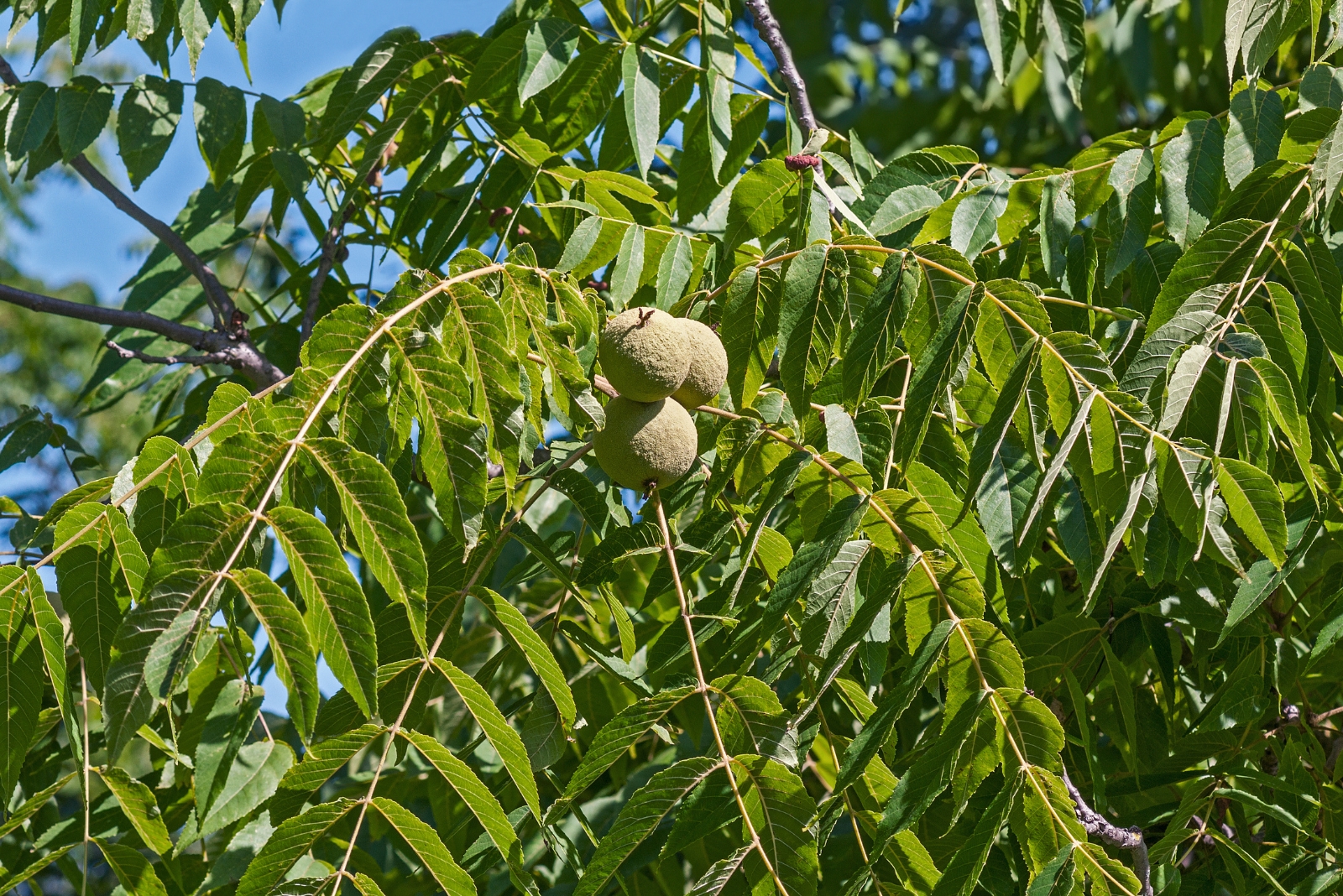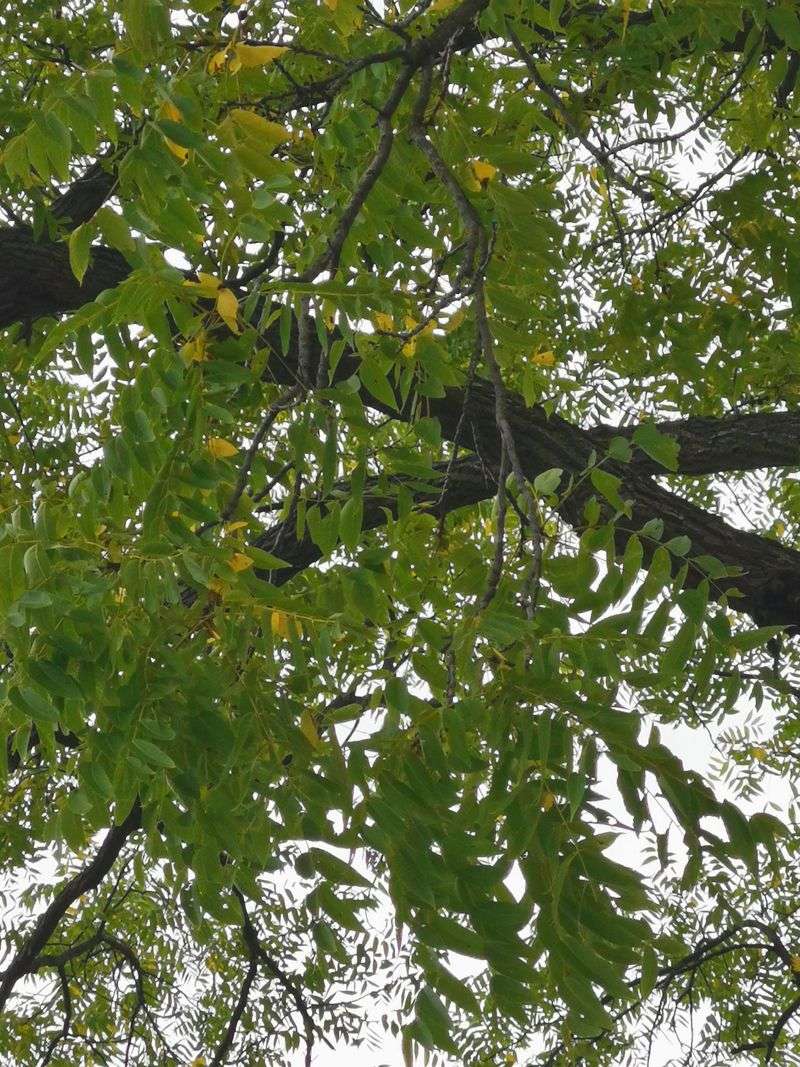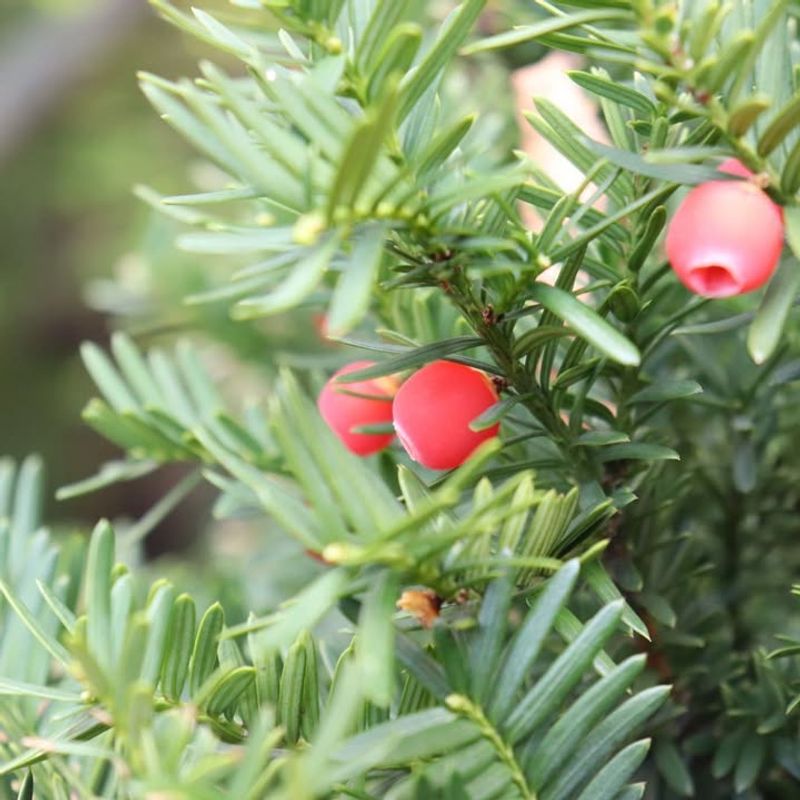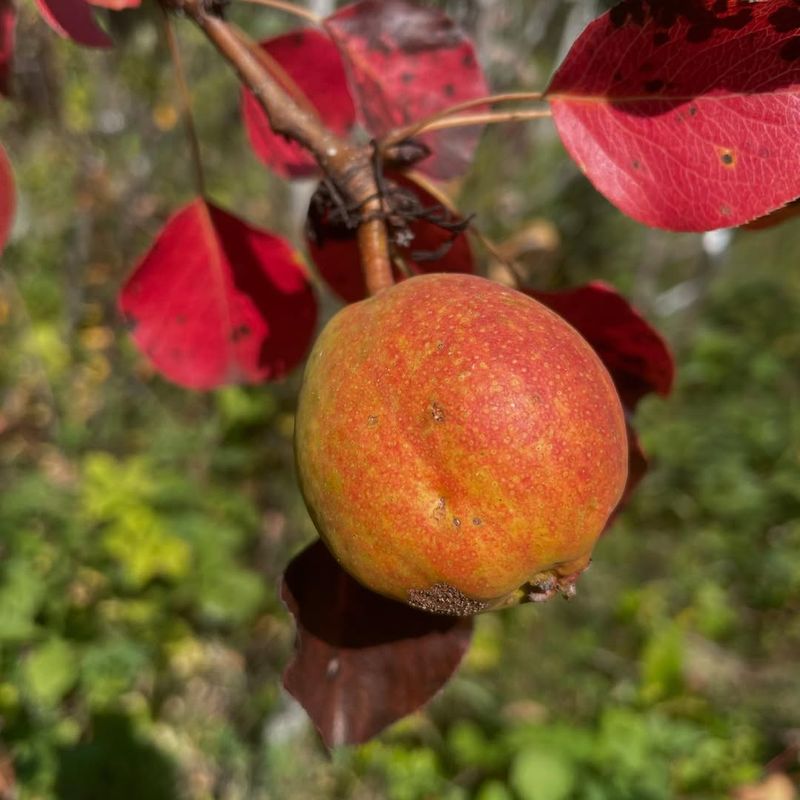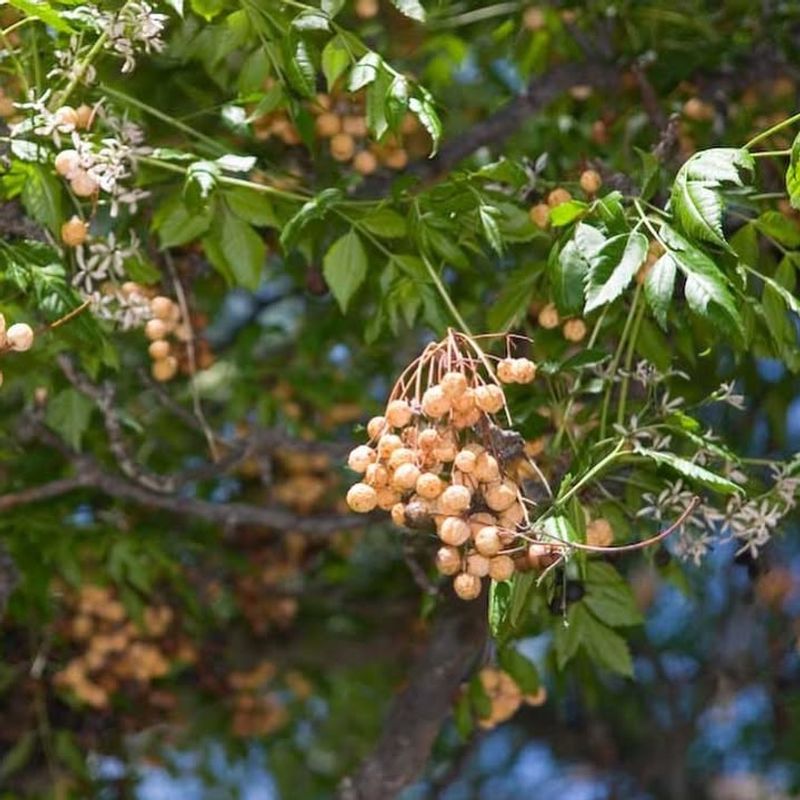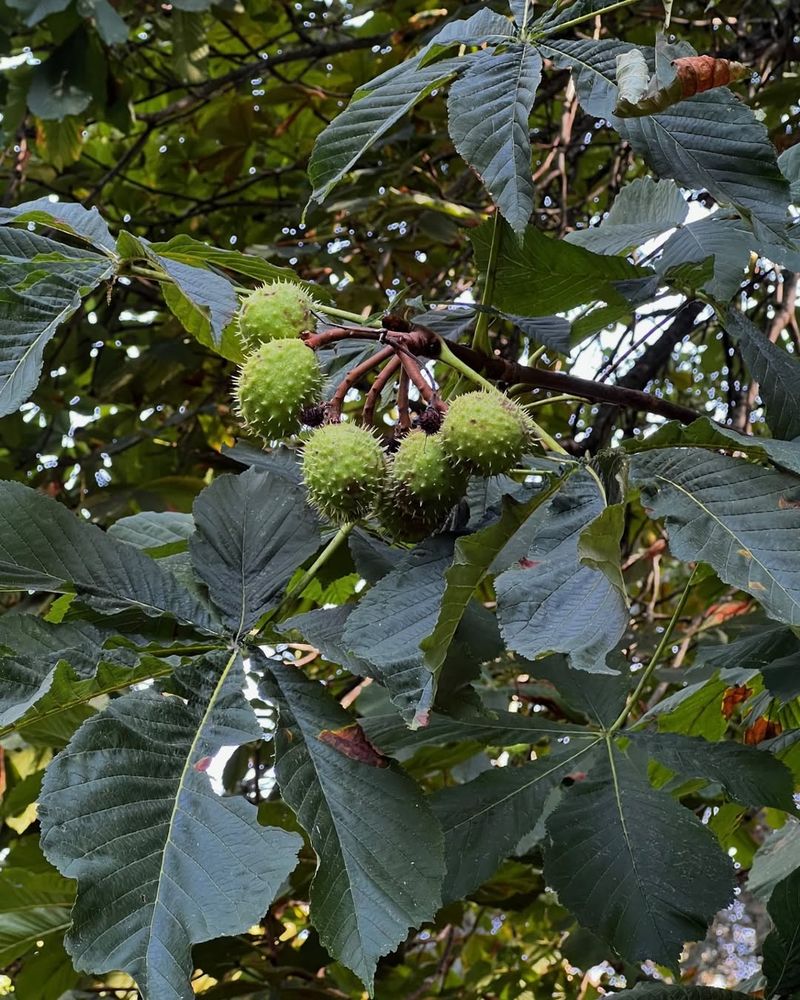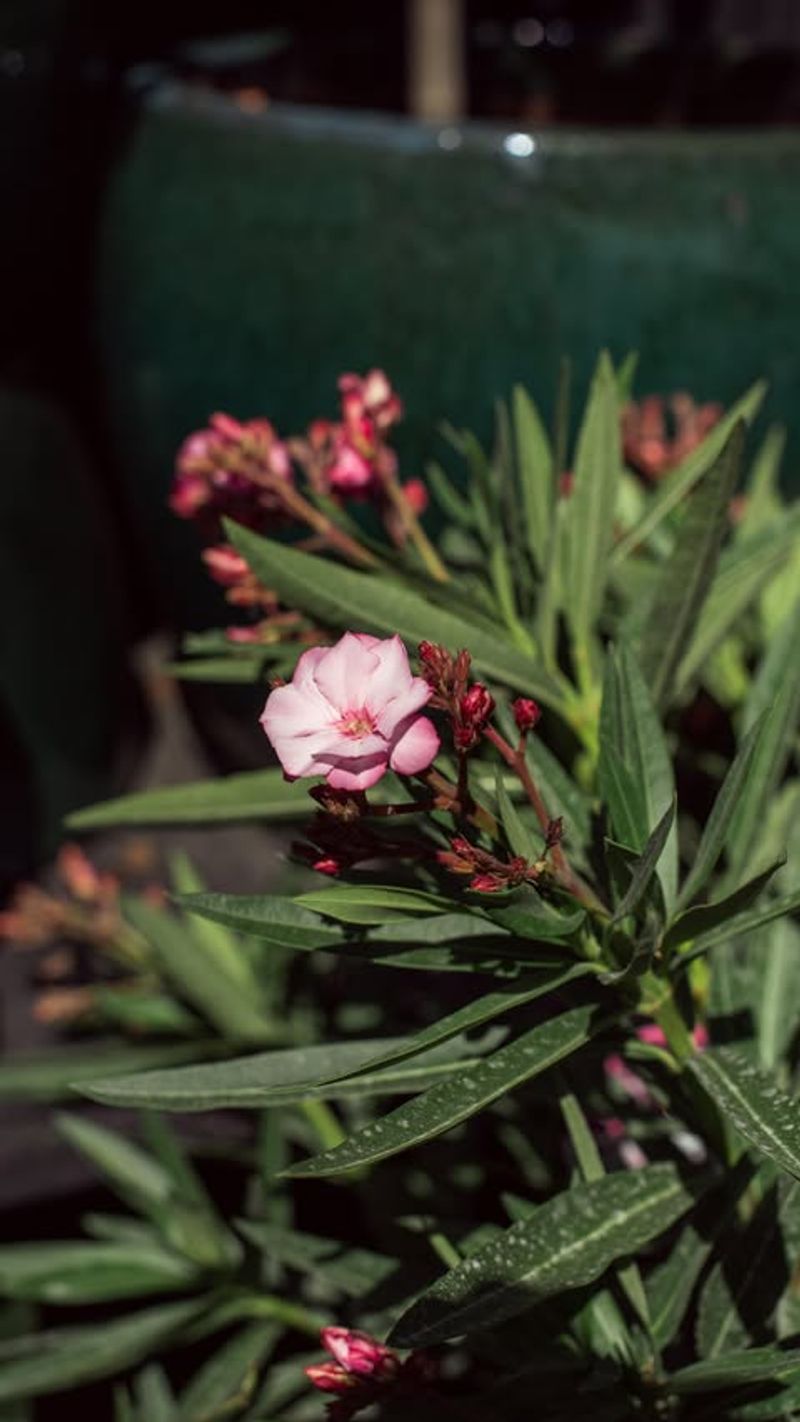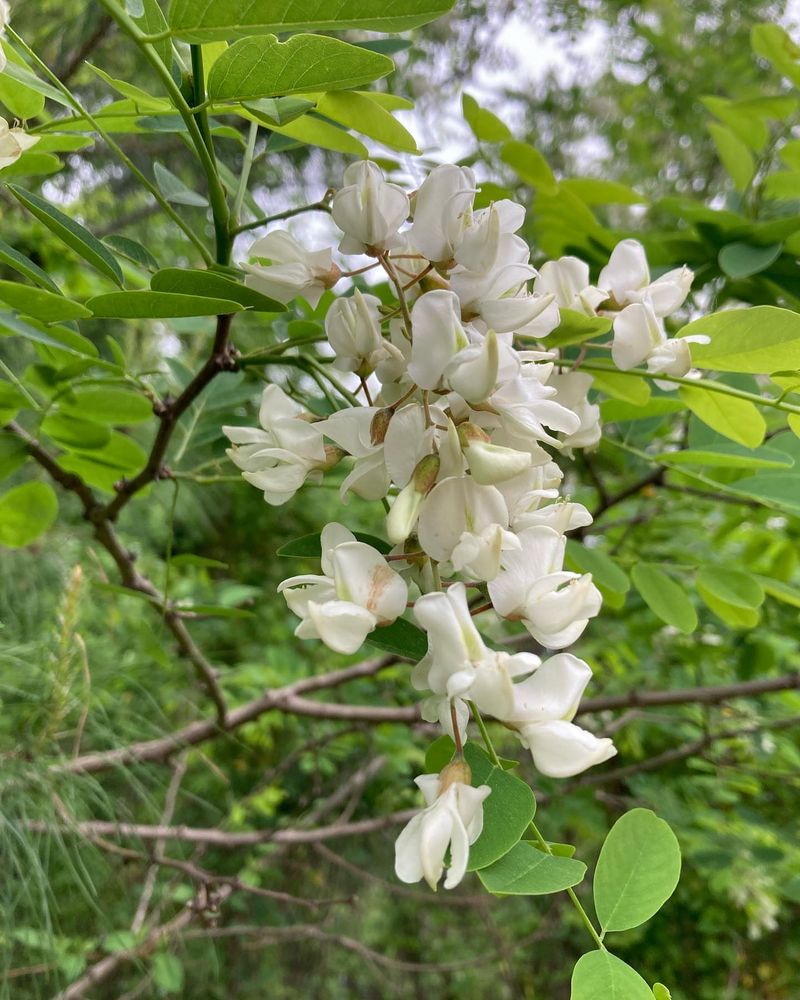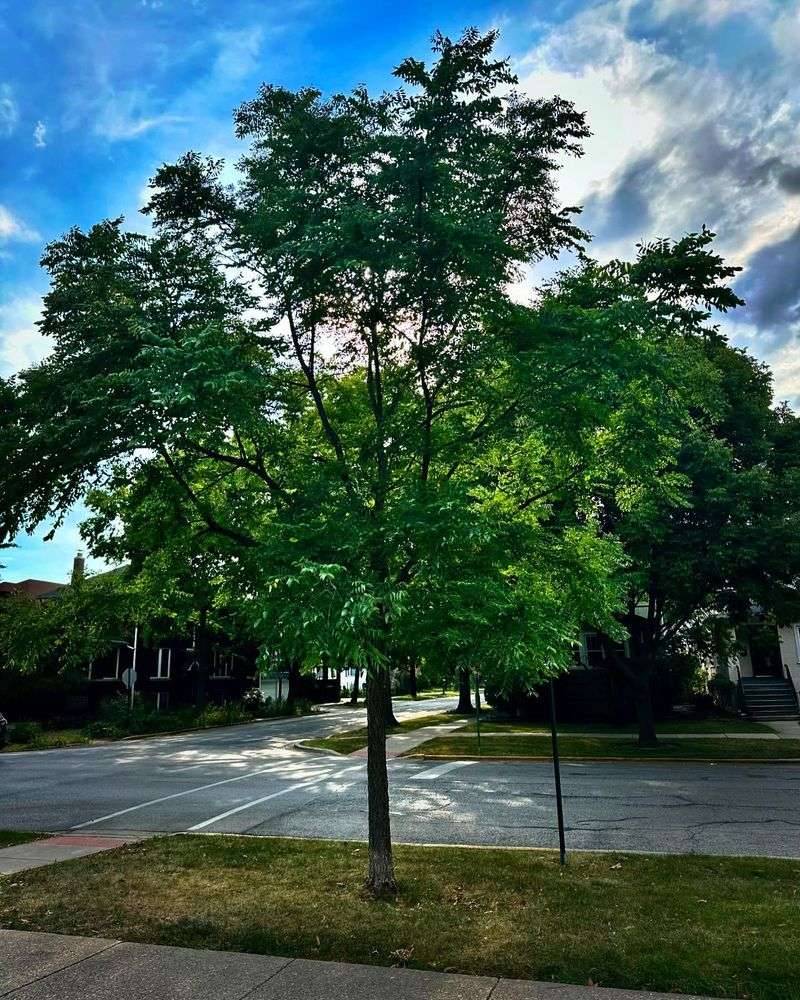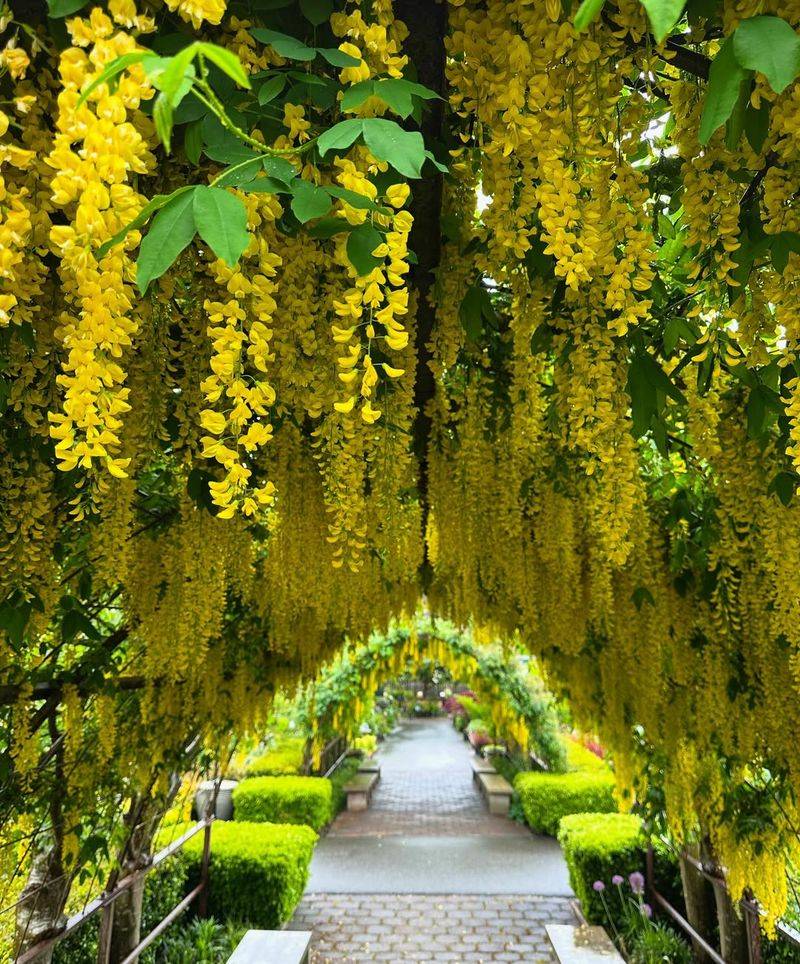Maryland is full of beautiful trees, but not all of them are safe to have in your yard. Some popular varieties can actually be toxic, posing hidden risks to kids, pets, and even adults.
It’s easy to plant with the best intentions and end up with a tree that’s more trouble than it’s worth. Here’s a look at 10 trees you’ll want to steer clear of in your Maryland garden.
1. Black Walnut
Black walnut trees produce a chemical called juglone that poisons many nearby plants, making your Maryland garden struggle to thrive. The roots, leaves, and nut hulls all release this toxin into the soil, killing tomatoes, azaleas, and dozens of other popular plants.
Horses are especially vulnerable if they eat the wood shavings or leaves, which can cause a deadly condition called laminitis. Even touching the hulls can stain your skin dark brown for days.
Many Maryland homeowners regret planting these trees near vegetable gardens or flower beds.
2. English Yew
Every part of the English yew contains deadly toxins except the fleshy red berry coating, but even that surrounds a poisonous seed inside. Children and pets in Maryland are attracted to the bright berries, which look harmless but can cause sudden heart failure.
Just a small mouthful of leaves or seeds can kill an adult within hours. Symptoms include dizziness, difficulty breathing, and seizures that appear without much warning.
Landscapers often use yews for hedges, but safer alternatives exist for Maryland properties with kids or animals.
3. Manchurian Apricot
Manchurian apricot trees produce pretty flowers and small fruits, but the pits contain cyanide compounds that release poison when crushed or chewed. Maryland kids might crack open the pits out of curiosity, not realizing the danger lurking inside.
Symptoms of cyanide poisoning include headaches, confusion, and breathing problems that worsen quickly. Even a few kernels can make someone seriously ill or worse.
While the fruit flesh is technically safe, the risk of accidental pit consumption makes this tree a poor choice for family yards across Maryland.
4. Chinaberry Tree
Chinaberry trees drop thousands of yellow berries that look tempting but contain powerful toxins affecting the nervous system. Maryland children and pets sometimes eat these berries, leading to vomiting, seizures, and even paralysis in severe cases.
The berries remain toxic even after falling to the ground and drying out. Birds can eat them without harm, which tricks people into thinking they’re safe for humans too.
All parts of the tree are poisonous, and the wood shouldn’t be burned indoors since the smoke carries toxins throughout Maryland homes.
5. Horse Chestnut
Horse chestnuts look incredibly similar to edible sweet chestnuts, but eating them causes severe stomach pain, vomiting, and muscle twitching. Maryland kids often collect the shiny brown nuts for crafts, and accidents happen when someone mistakes them for the edible variety.
The seeds, leaves, and bark all contain a poison called aesculin that affects the nervous system. Even touching the raw nuts can irritate sensitive skin.
Squirrels avoid eating these nuts, which should tell Maryland homeowners something important about their safety around families.
6. Oleander
Oleander ranks among the most poisonous plants on Earth, with every single part capable of causing death in humans and animals. One leaf contains enough toxins to kill a child, and even burning the wood releases dangerous fumes into Maryland air.
People have died from using oleander sticks as hot dog skewers or stirring sticks for drinks. The poison affects the heart, causing irregular beats that can turn fatal within hours.
Despite its beautiful flowers, oleander has no place in Maryland yards where children play or pets roam freely throughout the day.
7. Black Locust
Black locust trees grow quickly across Maryland, but their bark, leaves, and seeds contain toxins that cause nausea, weakness, and heart problems. Children sometimes chew on the sweet-tasting flowers, which are the only safe part of the tree to consume.
The inner bark is especially dangerous, and livestock have died from eating fallen branches after storms. Even the thorns can cause infections when they puncture skin.
Maryland homeowners appreciate the fast growth, but the health risks outweigh the benefits when safer shade trees are available for family properties.
8. Kentucky Coffee Tree
Kentucky coffee trees produce large seed pods containing beans that are highly toxic when raw, causing severe vomiting and nervous system damage. Early settlers roasted the beans as a coffee substitute, but improper preparation led to many poisonings across regions like Maryland.
The pulp surrounding the seeds is also toxic and attracts curious children with its unusual appearance. Pets that chew the pods can suffer serious complications requiring emergency veterinary care.
While mature trees are impressive, Maryland families with young kids should choose safer options that don’t require constant monitoring of fallen pods.
9. Golden Chain Tree
Golden chain trees dazzle with their hanging yellow flowers, but all parts contain cytisine, a poison that mimics nicotine’s effects on the body. Maryland children are drawn to the pretty flowers and seed pods, which can cause convulsions, coma, and death if eaten.
Just a handful of seeds can produce life-threatening symptoms within 15 minutes. The flowers and leaves are equally dangerous, though less concentrated.
Many Maryland neighborhoods ban this tree despite its beauty because the risk to children simply isn’t worth the spectacular spring display it provides each year.
10. American Yew
American yew shares the same deadly toxins as its English cousin, with needles and seeds that can stop a heart in minutes. Maryland deer browse the foliage without harm, which confuses homeowners into thinking the plant is safe for humans and pets too.
The red berries look like candy to small children, and even a tiny amount can cause fatal poisoning. Symptoms appear quickly and include trembling, breathing difficulty, and collapse.
Native to Maryland forests, this plant seems like a natural choice, but keeping it away from high-traffic family areas protects everyone from accidental exposure.

